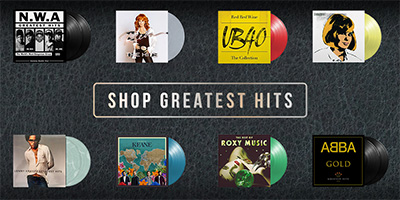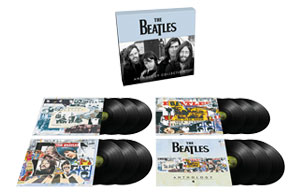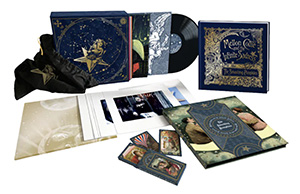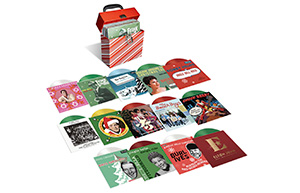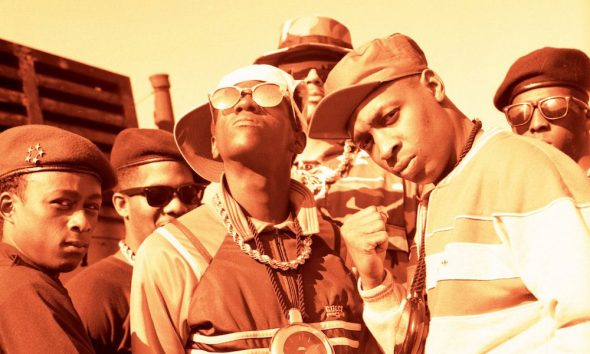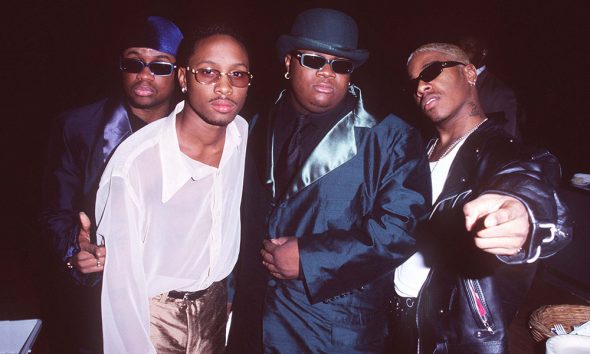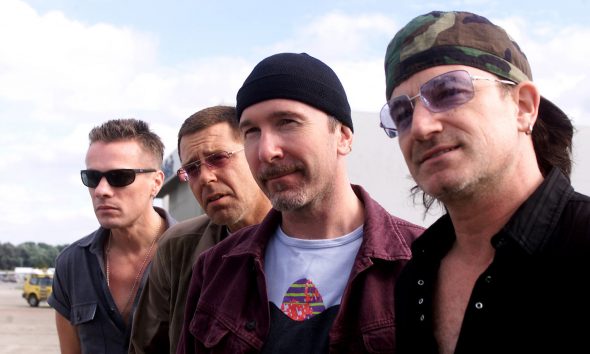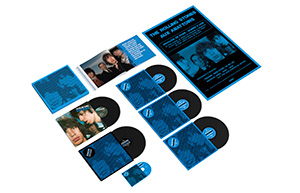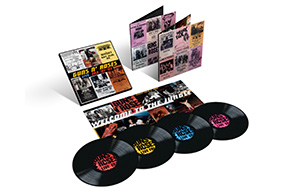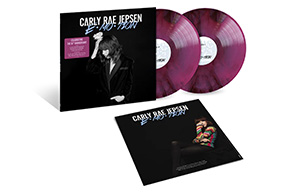Ten Takeaways From ‘Cheaper Than Cheep,’ A Frank Zappa Film Like No Other
An abandoned TV special, unearthed after 50 years, provides musical thrills while giving intimate insights into a genius at work.
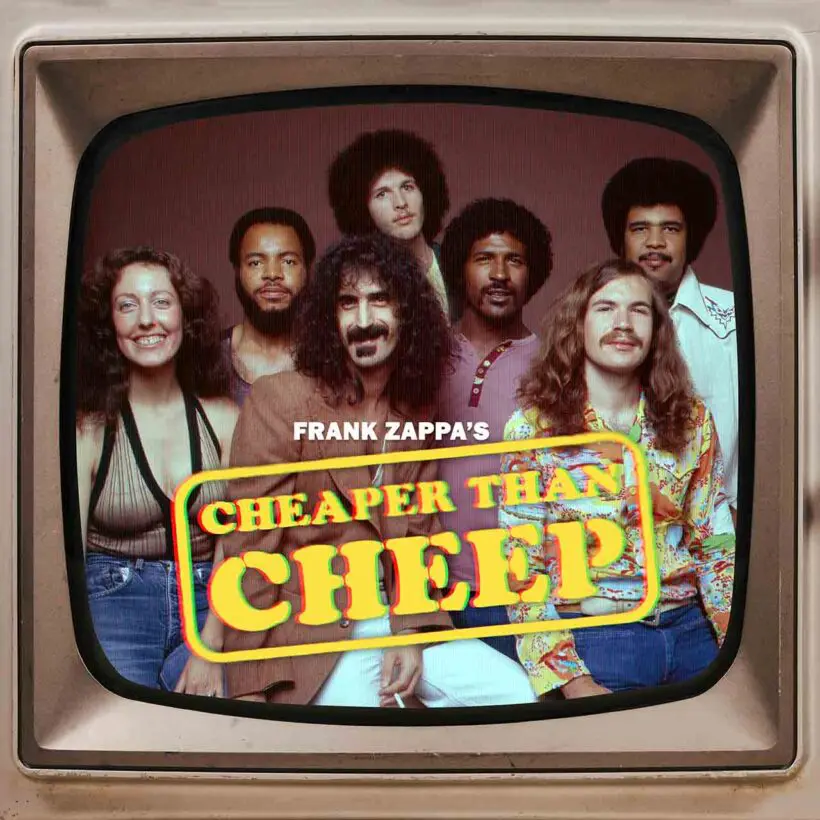
On June 21, 1974 Frank Zappa assembled his group The Mothers at their rehearsal hall on 5831 Sunset Boulevard, Los Angeles, to record Cheaper Than Cheep, a TV special that would remain unseen for over 50 years.
The early ’70s had seen a boom in rock music on mainstream TV, with shows including The Midnight Special, ABC’s In Concert and, in the UK, The Old Grey Whistle Test, giving groups an opportunity to reach large audiences. Albums had taken over from singles as the dominant format for the serious music fan and the pop shows of the day had been usurped by these relatively serious, longform showcases. Zappa and The Mothers seemed an ideal fit for these shows, with their dazzling musicianship, magnetic personalities and road-honed chemistry. But with few offers forthcoming and, as ever, a desire to do things his own way, Zappa decided to film his own special and shop it to networks.
Buy Frank Zappa’s Cheaper Than Cheep now.
Zappa had already attempted one such film, recorded over three nights at the Roxy, LA, back in December 1973, along with additional footage shot at Ike Turner’s Bolic Sound studio, LA. The Roxy film was beset by technical difficulties – the audio and film footage couldn’t be synched and problems with the film crew’s intercom meant that they struggled to keep up with the musical action. Though the special was put to one side, an album drawing heavily on the shows, Roxy & Elsewhere, became an instant classic on its September 1974 release.
Zappa was eager to attempt another recording. Following the March 1974 release of his biggest hit album to date, Apostrophe (‘), a 10-piece Mothers hit the East Coast of the US for the celebratory ’10 Years Of The Mothers’ tour in April and May. Following the final show, on May 12 at Notre Dame University, Indiana, four members – Bruce Fowler (trombone) and brother Walt (trumpet), along with Ralph Humphrey (drums) and Don Preston (synth) – left the band. A few days later, Zappa asked Ruth Underwood (vibraphone, percussion) to return to the Mothers following her absence from the recent tour. Though reticent at first, Underwood joined Napoleon Murphy Brock (tenor sax, vocals), George Duke (keyboards), Tom Fowler (bass), Chester Thompson (drums), Jeff Simmons (guitar, vocals), and Zappa himself for a US tour due to start in late June.
A report in a July 1974 issue of Billboard suggests that Zappa first suggested recording a new TV special at a meeting on June 18, as he and the Mothers had 48 hours free in their schedule before their tour. While that timeframe was ambitious even by Zappa’s standards, just three days later a video production company along with recording engineer Wally Heider’s famed mobile recording truck were ready to roll outside the Mothers’ rehearsal studios.
The space had been turned into a makeshift film set, complete with backdrop and lighting, and the band’s touring equipment was in place on stage. Meanwhile, an invited audience of roughly 100 had arrived to provide an authentic concert atmosphere and snazzy dance moves – some even made it on to the stage during the heads-down boogie of “Camarillo Brillo.” For the band though, it was a long and exhausting day, with a rehearsal, soundcheck and multiple takes to get through, made more problematic by intense heat – at one point Duke had to tell Zappa that his keyboards were too hot to play.
Against all odds, Cheaper Than Cheep was completed, but once more, gremlins in the works meant that the footage and audio fell out of sync. When Zappa’s next attempt at a TV special was successful – A Token Of His Extreme, recorded in KCET Studios, Los Angeles, on August 27, 1974 – the Cheaper Than Cheep audio and video footage was left to gather dust in his vault. More than 50 years later, advances in digital technology have meant that a team have finally been able to assemble Cheaper Than Cheep according to Zappa’s plans. The result is a film that stands apart from Zappa’s catalogue, full of revealing insights into his singular genius and the excellence of this Mothers line-up. Here are 10 of the biggest takeaways from Cheaper Than Cheep, a Zappa film like no other.
Inside the rehearsal room
Zappa was a perfectionist, not only in terms of his recorded output, but in the way he drilled his live bands. Cheaper Than Cheep captures The Mothers in transition, the remaining players adapting to the newly slimmed-down line-up and the return of Underwood to the fold. As a result, there’s a feeling of spontaneity throughout, with Zappa putting the band through their paces. “You’ll join us in the rehearsal hall – our home away from home,” writes Underwood in Cheaper Than Cheep’s sleevenotes, “You’ll watch a band that wasn’t quite ready for its close-up, though FZ hoped it was.” No other Zappa film gives this much insight into that mythical process.
A unique Mothers line-up
A week after the recording of Cheaper Than Cheep, The Mothers were back on the road for a North American tour supported by Tom Waits. Following the July 3 show in Normal, Illinois, Jeff Simmons left the band, which makes Cheaper Than Cheep the only known recording of this iteration of the Mothers. Simmons’ sultry blues playing is essential to the humid groove of Cheep’s “Cosmic Debris” and his wit comes to the fore when Zappa puts the guitarist on the spot for the improvised jam “Get Down Simmons.”
Giving the audience an access all areas pass
Zappa revelled in exposing the artifice behind the music industry and puncturing the egos of musicians. That deeply post-modern impulse can be seen throughout his work, from his satirical takedown of the hippie lifestyle on We’re Only In It For The Money to the way that 200 Motels lays bare the seedy reality of life on the road. The opening scene of Cheaper Than Cheep is another example, as the camera follows Zappa directing the band from the audio truck parked outside the studio, then supervising the film crew before jumping a wall and walking on stage. This kind of access-all-areas approach has since become commonplace, but – as with so much – Zappa was instinctively ahead of his time.
Cheep thrills
For Zappa, a diehard fan of B-movies, cheapness was a virtue. He cut his teeth composing soundtracks to low-budget movies and would celebrate the pleasures of visibly home-made props and amateurish effects on Roxy & Elsewhere’s “Cheepnis.” As his contemporaries embraced excess, Zappa loved keeping it real. “Ladies and gentlemen, we’d like to welcome you to the world’s cheapest television special,” he says to begin the concert. “Can you all turn around and look at each other so everybody who’s watching this can tell where we are and what the inside of this place really looks like. As you can see it’s cheaper than cheap.” Watching today, the no-frills production values are a virtue, the up-close and raw footage capturing the excitement of the show perfectly.
Complete control
Zappa craved independence, another reason for Cheaper Than Cheep’s relatively small budget. By self-funding the project, Zappa had complete artistic control and the ability to shop the film around TV networks himself. Early in his career he’d realized the importance of having the final say on his art – Tom Wilson produced the first two Mothers albums, Freak Out! and Absolutely Free, after which Zappa was behind the desk – and he was constantly looking for more control of his music, from building his own studio to starting his own independent record label. “You’ll see a man wearing every possible hat,” Underwood says of Zappa in Cheaper Than Cheep, “as he attempts to control all aspects of this filmed event from uncontrollable variable conditions and locations. He does this while presiding over and participating in the musical performance. That, in and of itself, isn’t new for FZ, but what is new is that we see it unfold in real time.”
Zappa the bandleader
Cheaper Than Cheep also offers an intimate look at Zappa as a bandleader. As ever, he keeps the band on their toes by deploying a range of hand signals designed to change soloists, provide quirky sound effects or flip time signatures. Take the sublime, exploratory take on “Dupree’s Paradise” – as Napoleon Murphy Brock’s flute solo becomes a thing of feverish intensity, Zappa stands back, lights a cigarette and listens until slashing the air with a series of hand movements and pointing at George Duke, who takes over on solo duties. Once Duke has taken the audience on several supremely funky journeys using several keyboards, Zappa signals again. This time he grabs the lead with a solo of wild invention and intensity, the band ebbing and flowing intuitively behind him. There’s no doubt that Zappa was a tough bandleader, but the results are often transcendent.
A unique take on a classic
One of Zappa’s most beloved compositions, “Inca Roads” had a long way to travel. Its central theme appeared in live shows as far back as April 1968 as part of a guitar solo in “Holiday In Berlin.” The theme found its way into versions of “A Pound For A Brown (On The Bus)” and “Sleeping In A Jar” over the years, as well as 200 Motels’ grandstanding “Strictly Genteel.” Zappa developed the part into a full-blown, multi-part sci-fi prog extravaganza and presented it to his band in 1973.
Cheaper Than Cheep presents a unique version of this classic, with Underwood playing an intricate repeated pattern on vibraphone throughout. “I found this version particularly satisfying,” writes Underwood. “FZ had extracted a musical phrase from his composed theme. After fulfilling its written purpose, it repeated through much of the song. I was so taken with the ostinato’s effect, that I wondered why FZ removed it from later performances. How foolish of me; change was his M.O.”
….and old favourites reinvented
Cheaper Than Cheep bristles with that sense of Zappa’s artistic restlessness. This is most apparent on the early Mothers songs that remained in the set from the 10th anniversary shows, with Freak Out! tracks “How Could I Be Such A Fool?,” “I’m Not Satisfied,” and “Wowie Zowie” among the ‘oldies’ to be given muscular overhauls with Murphy Brock as the full-throttle, charismatic frontman. Few of Zappa’s rock contemporaries (Dylan aside) treated their compositions as ever-changing and adaptable.
An artistic interlude
A break from the music in Cheaper Than Cheep comes when the phrase “Meanwhile in the goat dimension…” appears on screen and we see Zappa pass a goat guarding a small studio space where artists Cal Schenkel and Bruce Bickford are working, along with their assistant Meatball. In a sequence that predates the mockumentary style of Spinal Tap, Zappa approaches his in-house sleeve artist Schenkel, who reveals that he is working on an “organo spewage” concept for a new cover (basically nailing his pet parrot’s food remnants to a piece of paper).
Following an accident with a hammer, Zappa moves across the room to Bickford, who awkwardly describes the animation process and demonstrates his clay forest. Zappa had moved Bickford from Seattle to Los Angeles and supported the young animator as he produced groundbreaking work that later became an intrinsic part of the Baby Snakes film (the Blu-Ray of Cheaper Than Cheep also includes an excerpt of the compilation The Amazing Mr Bickford). It’s a goofy part of the film, not least thanks to the canned laughter, but it underlines Zappa’s interest in the way his music was presented – who else would bankroll an artistic team and give them such creative control?
Technology has caught up with Zappa, what next?
However great the footage and audio that was recorded back on June 21, 1974, once it fell out of synch, it couldn’t be used. Keeping multiple pieces of analog equipment running at precisely the same speed and in sync was a technical nightmare – all it took was for one of the cameras to become disconnected from the sync signal for a chain reaction to occur which meant that the audio and video slowly drifted apart from one another.
Filmmaker Alex Winter’s 2017 “Save The Vault” Kickstarter campaign meant that most of the masters for Cheaper Than Cheep were transferred to digital files. With today’s digital technology, minute adjustments can be made to audio and video footage to keep them in synch, salvaging a project which in Zappa’s lifetime was forgotten about. The release of Cheaper Than Cheep will have Zappa fans dreaming about what else might be lurking in those vaults.





